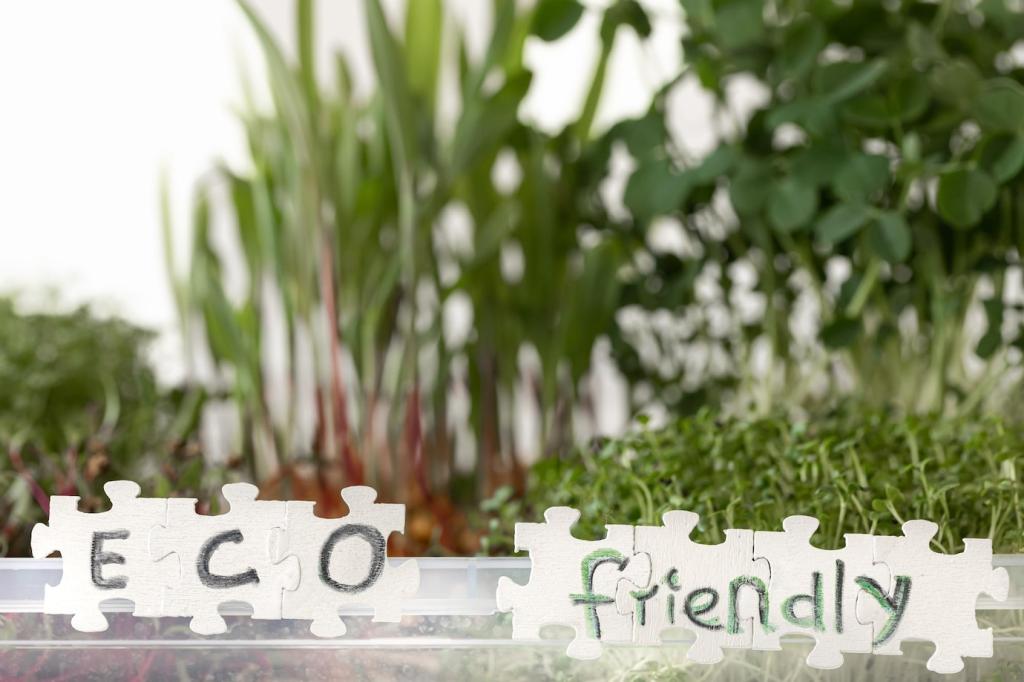Non-Toxic Paints and Finishes: Create a Healthier, Beautiful Home
Today’s theme: Non-Toxic Paints and Finishes. Discover how safer coatings can transform your spaces without compromising indoor air quality, color richness, or long-term durability. Subscribe for ongoing tips and real-life inspiration.
What Makes Non-Toxic Paints and Finishes Different
Understanding VOCs and Off-Gassing
Volatile organic compounds evaporate into the air as paint dries, and sometimes long after. Non-toxic paints minimize or eliminate these emissions, reducing odors, headaches, and irritation. Ask questions, compare data sheets, and share your experiences in the comments.
Reading Labels and Certifications
Look for clear VOC numbers per liter and credible certifications like GREENGUARD Gold, Green Seal, or EU Ecolabel. True transparency beats vague “eco” claims. If you’re unsure, post the label in our community and we’ll decode it together.
Health and Indoor Air Quality Benefits
Choosing non-toxic options helps sensitive family members, pets, and anyone spending long hours indoors. Better air quality supports focus, sleep, and comfort. Share your before-and-after comfort levels to guide others choosing safer products.

Kitchens and Bathrooms
Select moisture-tolerant, washable, low-VOC paints with mildew-resistant properties. Waterborne enamels and mineral-based options can handle steam and splashes. Tell us which brand kept your kitchen backsplash spotless without strong odors.
Nurseries and Bedrooms
Opt for zero-VOC bases, low-odor pigments, and gentle finishes that cure quickly. Ventilate, then move furnishings back after full cure. Parents, share how your nursery refresh felt and what drying time actually worked for you.
Trim, Doors, and High-Touch Areas
Use durable, waterborne non-toxic enamels with excellent blocking and hardness. Choose semi-gloss or satin to balance sheen and cleanability. Post photos of your door transformations and tell us which finish stood up to fingerprints.
Natural Alternatives: Time-Tested, Non-Toxic Finishes
01
Milk paint offers chalky depth, quick dry times, and low toxicity. Be mindful of casein if you have milk allergies. Share your favorite layered looks, and whether you topcoated with wax or a waterborne sealer for extra protection.
02
Mineral paints and limewash create softly mottled walls that breathe, resist mold, and age gracefully. They suit masonry and lime-friendly primers. Comment if you’ve tried multiple coats or subtle tinting to achieve that sunlit, velvety finish.
03
Linseed, tung oil, and beeswax blends feed wood without harsh solvents. Check for citrus-based thinners if you’re sensitive. Tell us how your cutting boards, shelves, or tabletops held up and how often you reapply for a rich luster.

This is the heading
Lorem ipsum dolor sit amet, consectetur adipiscing elit. Ut elit tellus, luctus nec ullamcorper mattis, pulvinar dapibus leo.

This is the heading
Lorem ipsum dolor sit amet, consectetur adipiscing elit. Ut elit tellus, luctus nec ullamcorper mattis, pulvinar dapibus leo.
Calming Neutrals for Restful Spaces
Creams, warm grays, and mineral whites keep bedrooms serene. Non-toxic matte finishes diffuse light and hide small imperfections. Share a photo of your bedroom at sunrise and tell us which neutral actually feels cozy, not cold.
Bold Accents Without the After-Smell
Try saturated blues, terracottas, or deep greens using zero-VOC bases with low-odor colorants. Let dramatic walls shine without chemical haze. What accent wall brought joy without headaches? Inspire others with your palette choices.
Sampling Smartly and Avoiding Regret
Paint generous sample boards and view them morning to night. Pigments can affect VOC totals; ask for colorant details. Post your favorite sample hack so readers can skip tiny chips and commit confidently to healthier color.
Durability, Testing, and Long-Term Care
Scrub Resistance and Sheen Choices
Higher-sheen, low-VOC finishes often clean easier in busy zones. Check scrub-class ratings and test a patch behind a door. Tell us which finish balanced easy cleaning with a soft glow rather than a plastic shine.
Touch-Ups and Color Consistency
Keep a labeled jar for touch-ups, and stir thoroughly to avoid color drift. Many non-toxic paints blend seamlessly if applied carefully. Share your best technique for feathering edges so repairs disappear in daylight.
Gentle Cleaning and Prevention
Use mild, fragrance-free cleaners and soft cloths. Address splashes quickly, and add doorstops or felt pads to reduce scuffs. Comment with your go-to gentle cleaner that never dulled the finish or left residue.



